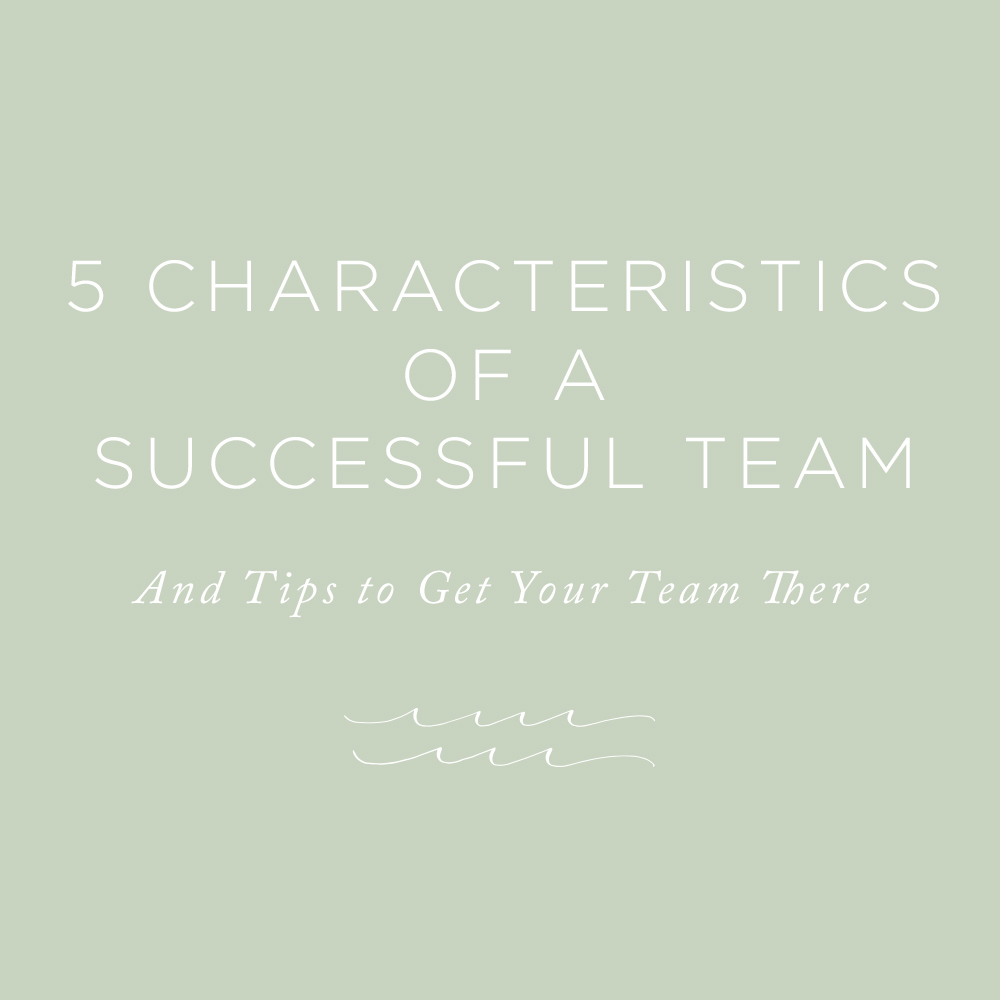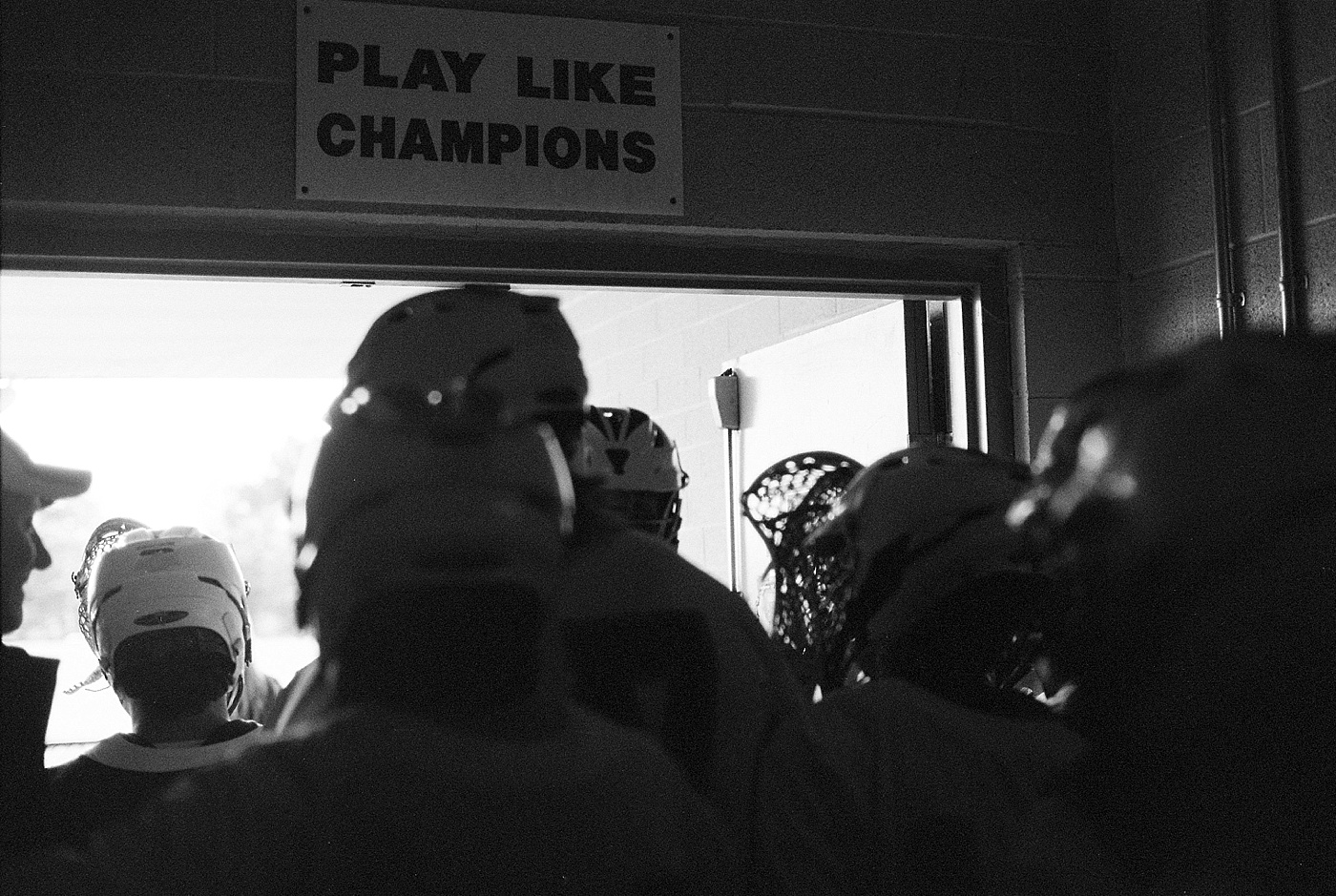
“No man is an island…” so the old poem goes. Nobody can do it alone. And successful people inherently understand this.
Steve Jobs, for instance,was reportedly involved in every hire for his team because he thought it was one of the most important avenues to success.
A good team is composed of more than talented, hard-working individuals. There are plenty of teams–this is most apparent in athletics–that have incredible talent, but are completely dysfunctional.
While it requires the mentioned attributes, it also requires that each member have a sense of purpose and belonging, role, and direction. Jobs once said, “A small team of A+ players can run circles around a giant team of B and C players.” While this is mostly true, it is also necessary for players–of any caliber–to understand how to work with each other.
Most of us have probably worked on both functional and dysfunctional teams. What are the characteristics of the latter? Was it a constant power struggle? Were there hard feelings when one person’s idea was accepted above another’s? Did people fail to communicate well with one another? Was everyone seemingly moving in a different direction? Probably.
Let’s examine five characteristics of successful teams, and the steps you can take to create an environment for success:

1) Shared Purpose
This is often what brings teams together in the first place, and generally foundational to the existence of a team. There’s a problem and people who would like to solve that problem together. Or there’s a common goal or dream that a group of people would like to achieve together.
Teams are only successful when they share a common purpose, and understand that purpose is bigger than any individual on the team. This is intuitive, but it’s something that can be easily forgotten along your team’s journey to achieve what it’s set out to do.
Does your team remember what brought them together? Purpose is something that should be reviewed frequently.
Action Items:
- Encourage team members to help articulate the team’s purpose.
- Review the team’s vision and purpose frequently.
2) Sense of Belonging
A sense of belonging is integral to a functioning, productive, and happy team. While both purpose and belonging are necessary, a sense of belonging is a much more powerful motivator. When one feels that she belongs, she has a sense of ownership in the team. Loyalty and trust are more likely to develop, which will only help increase the team’s efficiency.
Many of us have been part of teams where we feel like we didn’t quite belong. It’s not a good feeling, and it often causes distrust, resentment, and a need to constantly prove oneself, maybe at the expense of others.
Action Items:
- Trust team members to make decisions–don’t micromanage. Nothing says I don’t trust you more than managing every step a team takes.
- Be positive, especially when mistakes are made. This doesn’t mean you can’t express disappointment, but there’s a difference between constructive criticism and being a jerk.
- Remember to say “thank you” and “good work.” These are powerful phrases.
3) Direction
A shared purpose does not always ensure common direction. Team members may have differing ideas about how to proceed, but this is not a bad thing. Teams should consist of people who have differing views on the world. This can be a powerful tool, and allow for better, more thorough analysis of situations. Conflict can move a team forward if a leader knows how to navigate through it.
Perhaps nobody demonstrated the power of recruiting people who see the world differently than President Abraham Lincoln, who convinced three of his rivals to become part of his cabinet–all of which were opponents for the republican nomination in 1860. His presidency is one of the most celebrated in American history.
Direction only becomes an issue when team members do not trust each other. Distrust pits people against each other, and all issues become framed in terms of “me vs. you.” It becomes a battle of pride and ego, instead of tackling a problem. It becomes personal, and the possible solutions to the issue become tied to the people suggesting them.
Teams that trust each other, however, can freely debate and converse about possible solutions realizing that the conversation is a vehicle to the solution. It doesn’t matter whose idea “wins” because the best possible solution is a “win” for the team. (Indeed, the team will most likely find that the debate creates an altogether different, superior solution.)
Action Items:
- Encourage thoughtful conversation and debate.
- Try to separate people from the problem being addressed. Focus on the problem and possible solutions.
4) Role
Want to maximize the feeling of belonging? Make sure team members know what their role is, and that it’s valuable to the team. The old saying “Idle hands are the devil’s workshop” comes to mind. People who have nothing to do (or nothing of perceived value to do) will not feel like they belong, and they will become a distraction. The role is the practical way in which their sense of belonging is manifest.
A person’s role–the work they complete on a daily basis–is deeply tied to their sense of belonging. It’s their view on how they “fit” in the broader context of the team. Does she have work to do? Does she view her work as important? Does she perceive that her team members view her work as important?
Action Items:
- Make sure your team members have meaningful work to do, and help them determine what that work is.
- Remind team members that the work they do is meaningful, and recognize team members for their contributions, especially if they’re not recognized often.
- (Some companies encourage employees to have 10% projects. Employees use 10% of their work day to focus on a project of their choosing that benefits the company. It encourages creativity and allows team members to take ownership in tackling a problem.)
5) Balance
There’s a reason companies around the world invest in personality tests for their employees. It’s important to know a person’s strengths and weaknesses in order to be efficient. Every innovator needs someone who can communicate and execute their ideas.
The best teams are made up of people from diverse backgrounds (including, but not limited to, ethnicity and gender) who are encouraged to use their strengths to tackle problems. They are not micromanaged. The other members of the team recognize their strengths, and let them make autonomous decisions to that effect.
Action Items:
- Take the Gallup StrengthsFinder test, and analyze how each other’s strengths can benefit the team.
- Recruit people who see the world differently.
Building a team is hard-work, and it requires leadership that focuses on the needs of the team. It doesn’t matter whether you lead a small or large team. Leaders should strive to create an environment where these characteristics can be present.
For those of us who work alone, find a team! These don’t necessarily have to be people we’re working alongside on a daily basis; it can be a collection of people who work in the same industry, who are dedicated to changing the world through their work (other members of your TuesdaysTogether, possibly?).



